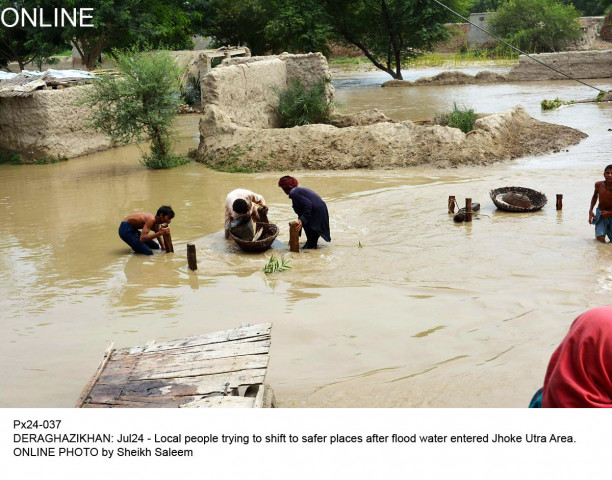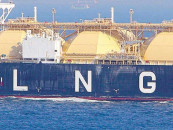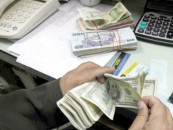Forever flooded
Facing those realities, planning for them, and then carrying over those plans is one of the greatest challenges

PHOTO: ONLINE
Tents, dry rations as well as cooked foods, medical supplies and solar lamps are all being provided and thus far there has been — reportedly — no loss of life. Be that as it may, the loss of livelihoods and homes, to say nothing of flocks and herds that have drowned, will take years to repair. The cycles of flood-related destruction are now cumulative, rolling into one another, with no recovery time between extreme events. Embankments were raised after the super floods of 2010 and these mostly seem to have held during the current emergency, but some hard realities are going to have to be faced by provincial and federal governments. One of the hardest of all is that there may be areas that are not going to recover in the foreseeable future, and no amount of mitigating work, raised embankments or even preparedness — can alter the fact that some populations are going to require a permanent relocation out of the riverine areas. Some parts of Sindh have never drained completely after the 2010 inundation; the land remains waterlogged and uninhabitable. Impossible to sustain human habitation. Facing those realities and planning for them, and then carrying over those plans between successive administrations, is one of the greatest challenges facing Pakistan. Climate change is no longer a distant idea in the minds of meteorologists worldwide, it is a galloping reality that is going to affect all the countries of the subcontinent, with particular stress being placed on Pakistan and Bangladesh. A threat that can no longer be ignored.
Published in The Express Tribune, August 8th, 2015.
Like Opinion & Editorial on Facebook, follow @ETOpEd on Twitter to receive all updates on all our daily pieces.














COMMENTS
Comments are moderated and generally will be posted if they are on-topic and not abusive.
For more information, please see our Comments FAQ